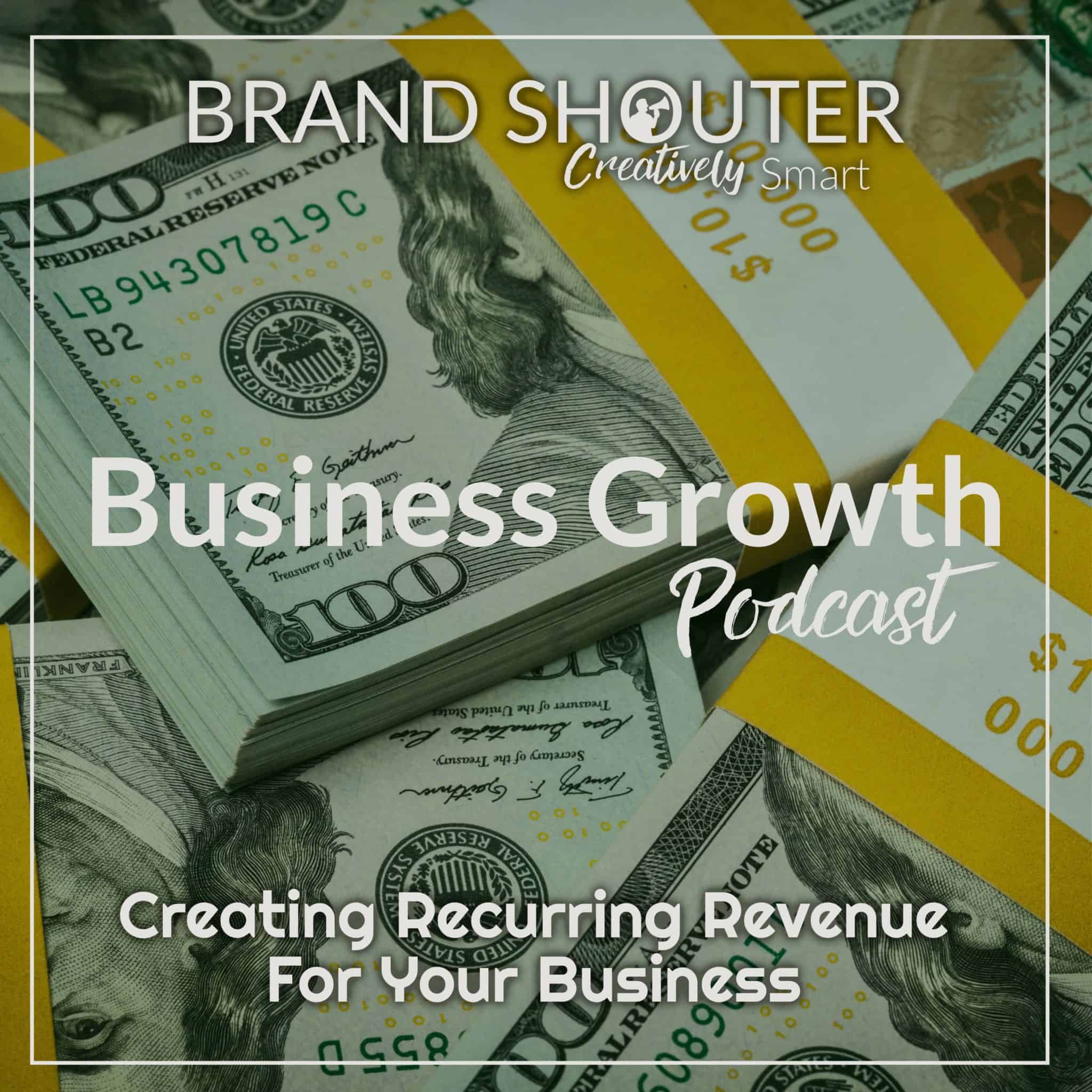Finding a recurring revenue model for your business is a must in 2020. In this article, I discuss the importance of recurring revenue for your business. We take a look at a few businesses that turned static products into recurring revenue and explore ways to find recurring revenue models for your business.
There are multiple ways of creating recurring revenue for your business. Whether you use a subscription or e-commerce setup, recurring revenue is very important for establishing your business.
If you have a website that sells one-up items, you will have to work for new clients all the time. Especially if you have a high-quality product, you’re probably not going to have a ton of repeat business because people aren’t going to be needing to buy a replacement. There might be a few people who are fanatics and want multiples of a certain item, but that is the exception. In order to keep your income at a steady level, you will constantly be looking for new customers.
Examples of Recurring Revenue
Does your business have a service or an item where you could earn recurring revenue every month? I recently signed up for Quip a toothbrush, toothpaste, and floss delivery system. You buy the entire package first, then every three months they mail you toothpaste, floss, a new brush-head, and a replacement battery. I have a thing for dental care products, so one of the reasons I tried out Quip was because I like the idea of something new coming in the mail on a regular basis – also, their toothbrushes are really nice looking.
That said, it’s just an electric toothbrush. The toothpaste and floss are just toothpaste and floss. In the end, there isn’t anything truly unique about this product other than the aesthetics of the brush and floss dispenser. Quip has built a subscription recurring revenue model built on items that you typically buy one-at-a-time as you need them.
Another similar example is StitchFix. They send clothing “hand-picked by your own personal stylist” on a recurring basis in the mail. For a low, $20 fee, you can get your own box and if you decide to keep anything, that fee is added as a credit on your purchase. Both of these companies are examples of taking what was normally a static purchasing model and turning it into recurring revenue.
Recurring Coffee Revenue
Back when I was just starting out in the coffee industry, we were one of the first coffee subscription companies. Gevalia was the biggest company doing the same thing we were and they were already really successful. This was not because the coffee was the absolute best you could buy, but instead, they would give the customers enticing “freebies” upon sign up. Then, a lot of people stayed just because the coffee was good enough and it came with the free “shiny.” In the end, most people found it to be more work to cancel their subscription than to just stay on the subscription program.
Our coffee company wanted to take our micro-roaster model, which made small batches of coffee, and turn it into a full-fledged subscription e-commerce system. It would be similar to Gevalia in that coffee would come on a regular basis, but it would be super fresh and high-end.
We also didn’t want to be known for our “gimmes.” We did test some things like that if they were value-adds, but that wasn’t the reason people would buy the coffee. It was slow going at first; we spent a lot of money and time trying to figure out how to grow subscriptions.
Several years later, we started figuring out how to put the pieces together to actually grow the subscription model: multiple marketing venues, the right messaging, low barrier entry intro pricing, etc. Before we knew it, the company had grown. We had succeeded in taking a commodity product people bought in the grocery store, made it better, and put it on a recurring revenue model.
The power of recurring revenue
This is the power of the recurring revenue model. If you have a product that earns you $20 profit every time you sell it, you may wait around hoping the client comes back and that yearly profit could remain $20. Conversely, if you’re able to lower your price so that people are more apt to sign up for a subscription to your product, you could generate more revenue over the course of the year. The old saying, “it’s easier to keep clients that you have than it is to get new ones,” is proven in recurring revenue models.
With Wapiti, we offer website hosting and services after we’ve completed a website build for some of our marketing clients. We prefer to hold their sites for them so we can better serve our clients, and it’s also a form of recurring revenue for us. The money we make on our monthly services has built a base that sustains Wapiti in good seasons and bad ones.
Benefits of Recurring Revenue
Recurring revenue fills your base; it keeps money coming even when you’re not necessarily selling new. Recurring revenue allows you to better serve your customers. If you have a customer buy a $20 item from you, they might have questions and next thing you know you’ve spent hours supporting them for a $20 item. But if they’re paying you $10/month, you can better justify that support and service knowing you’re going to be making more money.
It’s not just about you and the extra money you can make. It’s all about providing something better for your clients, which is what Wapiti believes. Recurring revenue has also allowed Wapiti to literally be tech, web and marketing support for our clients. Some of my clients will call and say things like, “Hey, my email client is having a problem, what should I do?” This isn’t really in the realm of what Wapiti does but if it’s something that we are able to help with, we will happily try. It’s mutually beneficial for my clients and for my business.
Recurring revenue is a game-changer. The idea is to not just be a subscription. People don’t want to just pay you for products over and over. Generally speaking, people are more apt to pay you more if you’re there for them in a greater capacity, rather than simply giving them products on a regular basis.
Conclusion
Every business should find a model where they can make a residual income on a recurring basis. Even if your products don’t seem to fit that model, I am willing to bet that you could actually find a way to turn something static into something residual. It doesn’t have to be monthly; it might be daily, weekly or even annually. If you can justify this recurring model both, on behalf of your clients as well as for your business, then why not make it better for your clients and for your business at the same time?








